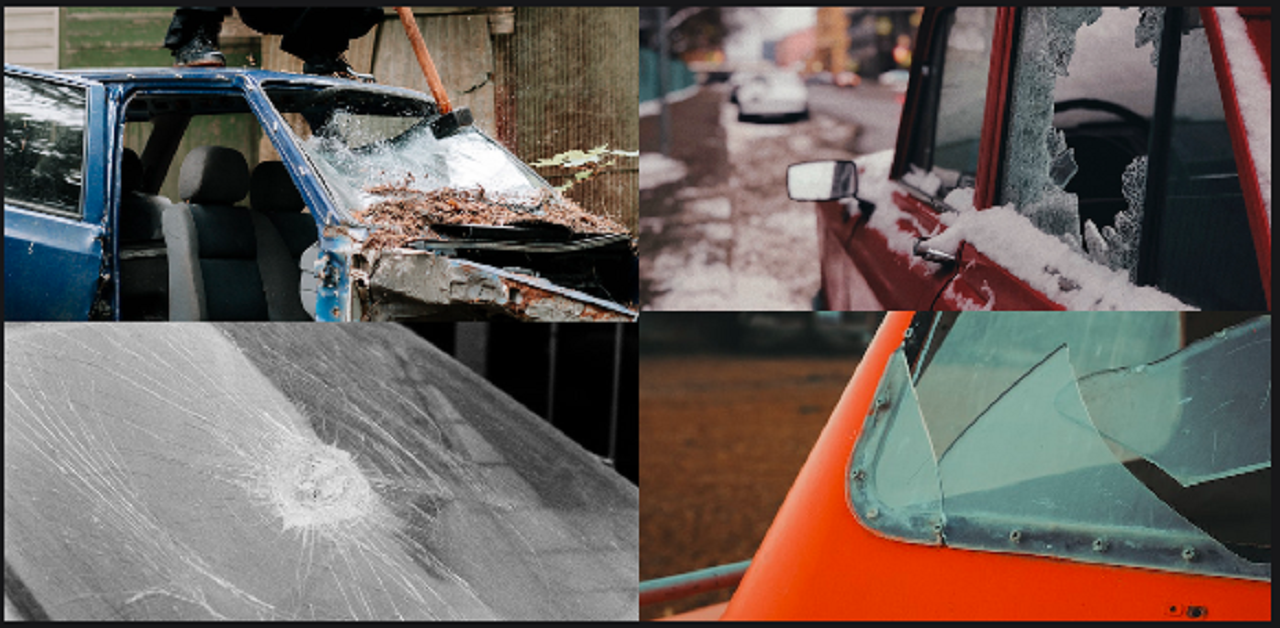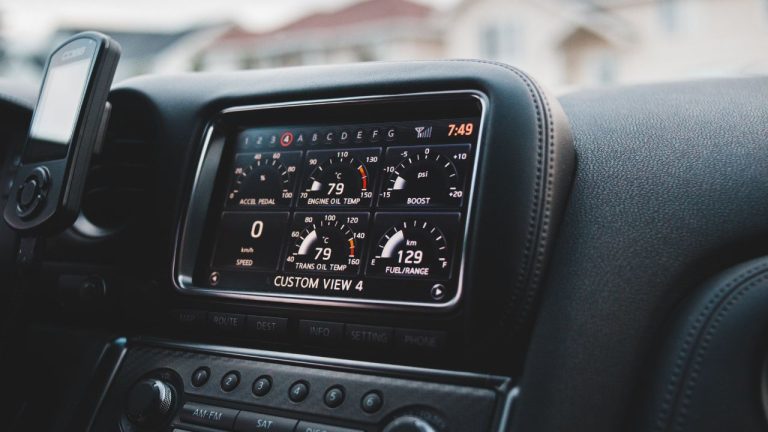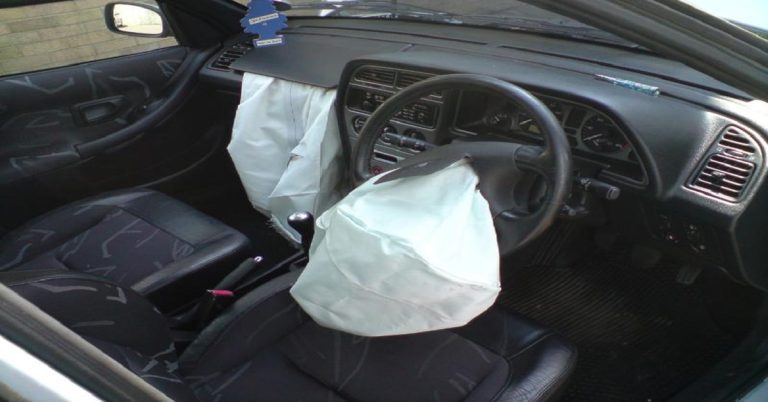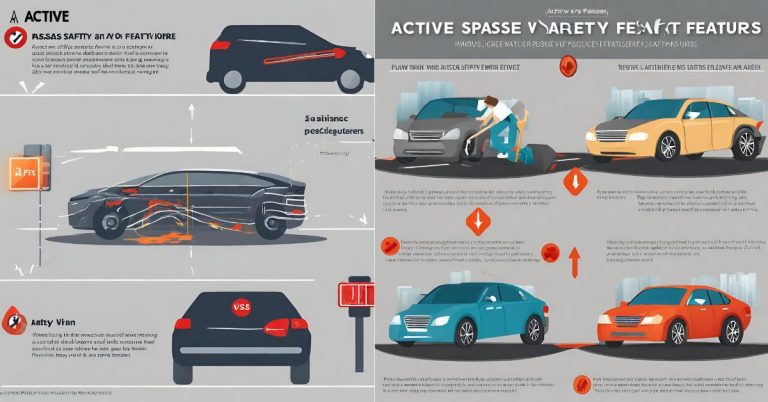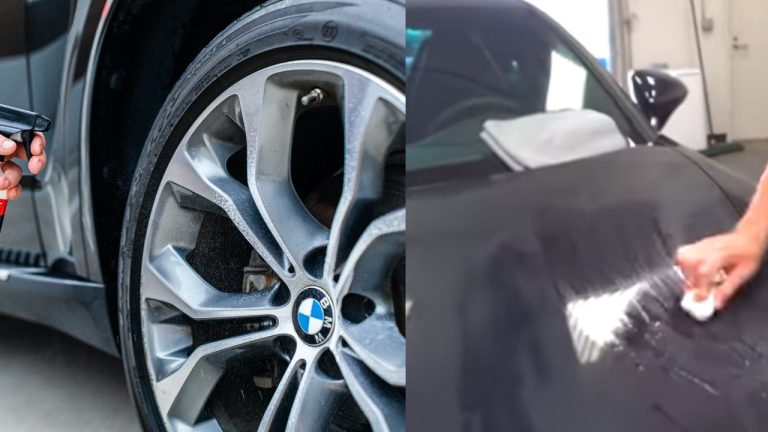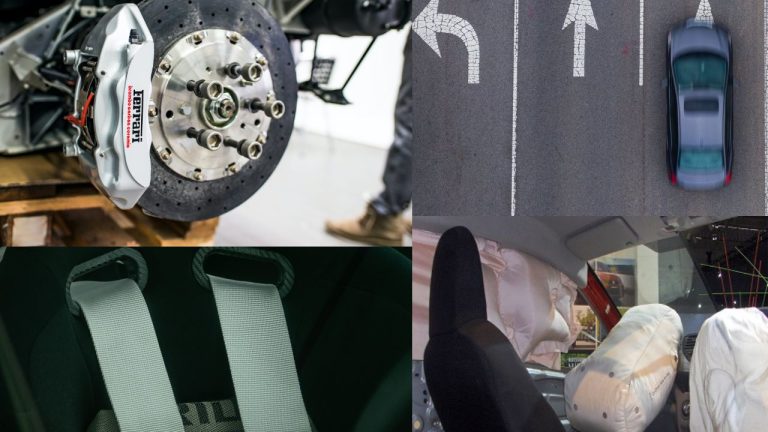Auto safety glass is specifically designed to provide protection in case of accidents by preventing shattering and minimizing injuries from flying glass. It is an essential component of modern vehicles, ensuring passenger safety on the road.
With advances in technology, auto glass now comes in various types, including laminated and tempered glass, each offering distinct benefits. We will explore the importance of auto safety glass, its different types, and the factors to consider when choosing the right glass for your vehicle.
Types of Auto Glass
There are two main types of auto glass used in vehicles: Laminated Glass and Tempered Glass:
Laminated Glass:

This type of glass consists of two layers of glass with a layer of vinyl between them. It is primarily used for the windshield. Laminated glass is designed to provide strength and prevent shattering upon impact. In case of breakage, the glass sticks to the vinyl layer, reducing the risk of injuries from flying shards.
Tempered Glass:

Tempered glass is used for side windows and rear windows in vehicles. It is heated and then rapidly cooled during the manufacturing process, which makes it stronger than regular glass. When it breaks, tempered glass shatters into small, granular pieces instead of sharp shards, reducing the risk of injury.
It’s important to note that each type of auto glass has specific functions and properties, so it’s essential to choose the appropriate type for your vehicle’s specific needs.
The Importance of Safety Glass
Auto safety glass plays a crucial role in safeguarding passengers during road accidents. It not only protects individuals but also contributes to the structural integrity of vehicles. The impact resistance of auto safety glass is far superior to conventional glass, ensuring enhanced safety measures.
Additionally, its ability to withstand external pressure and prevent shattering makes it an essential component in automobiles. Whether it’s protecting occupants from debris or minimizing the risk of ejection during a collision, auto safety glass remains a vital feature that should not be overlooked.
Its durability and reliability make it an invaluable part of the overall safety system in vehicles, offering peace of mind to both drivers and passengers. With a commitment to ensuring passenger safety, auto safety glass continues to evolve and provide enhanced protection on the roads.
Enhanced Features of Auto Safety Glass
This type of glass offers enhanced features to ensure the safety and comfort of passengers. With UV protection, harmful sun rays are shielded, preventing sunburn. Additionally, it provides sound insulation, reducing external noise levels, resulting in a quieter ride. The anti-glare properties of this glass enhance visibility, reducing driver fatigue, especially during long journeys.
The combination of these features prioritizes passenger and driver safety, making auto safety glass an essential component of modern vehicles. Whether it’s protecting against the sun’s rays, reducing external noise, or enhancing visibility, auto safety glass offers a range of benefits that contribute to a more enjoyable and secure driving experience.
Factors to Consider When Choosing Auto Glass
When selecting auto glass, it is crucial to consider relevant safety certifications and standards. It is also important to ensure compatibility with different vehicle types and models. Alongside this, cost considerations should be weighed against the value of investing in high-quality safety glass.
By prioritizing these factors, one can ensure the utmost safety and protection while on the road. So, take your time to research and make an informed decision when it comes to choosing auto glass for your vehicle. Your safety should always be top priority.
Avoid compromising on quality and go for safety glass that meets all the necessary standards and requirements.
Maintaining Auto Glass
Maintaining auto glass is crucial for preserving visibility and strength. Proper cleaning techniques should be followed to ensure optimal clarity. Additionally, addressing minor chips and cracks promptly is important to prevent further damage. Regular inspections by professionals help detect any hidden issues that may compromise the glass’s integrity.
Innovations in Automotive Safety Glass
Innovations in automotive safety glass have revolutionized the way we think about vehicle protection. Self-healing glass technology allows for the automatic repair of minor damages, ensuring long-lasting durability. The integration of head-up display (HUD) with safety glass offers advanced information display, enhancing the driver’s awareness and reducing distractions.
Additionally, solar control coatings have been introduced to minimize heat accumulation in the cabin, maximizing comfort for passengers. These advancements in auto safety glass not only provide enhanced protection but also contribute to a more enjoyable driving experience. With continuous developments in the industry, the future holds even more exciting prospects for automotive safety glass technology.
The Future of Safety Glass
The future of auto safety glass is shaped by advancements in technology and materials. The integration of smart glass technology enhances safety and convenience for drivers. With the rise of autonomous vehicles, there is a potential impact on the requirements for auto safety glass.
As technology progresses, we can expect to see innovative solutions that prioritize the safety of occupants and pedestrians. The development of stronger and more durable glass materials will provide increased protection in the event of accidents. Additionally, advanced features like auto-darkening glass for privacy and glare reduction will enhance the overall driving experience.
Stay updated with the latest advancements in auto glass to ensure that your vehicle provides the utmost safety on the road.
Frequently Asked Questions on Vehicle Safety Glass
What Is Safety Glass For An Auto?
Safety glass for an auto is a specialized type of glass that is called laminated. It is designed to reduce the risk of injury during accidents. Laminated glass is made by sandwiching a thin layer of polyvinyl butyral (PVB) between two layers of glass.
Safety glass also provides better protection against flying objects, such as stones or debris that may hit the windshield while driving.
What’s The Difference Between Laminated Glass And Tempered Glass?
Laminated glass and tempered glass are both designed to be stronger and more durable than regular glass. The main difference between the two is in the way they are made. Laminated glass is made by laminating glass panels with a layer of plastic in between.
On the other hand, tempered glass is produced by heating regular glass and then rapidly cooling it.
When Did Auto Safety Glass Come Out?
Auto safety glass, also known as laminated glass was introduced in 1909 as a way to enhance driver and passenger protection. Before that, ordinary glass was used, which shattered easily upon impact.
Conclusion
Auto safety glass is a crucial component when it comes to protecting both drivers and passengers on the road. With technological advancements and industry standards, it’s clear that safety glass offers significant benefits. Not only does it provide structural integrity to vehicles, but it also plays a key role in minimizing injuries during accidents.
Moreover, the transparency and clarity of laminated glass promote better visibility, contributing to overall road safety. As we continue to prioritize safety on the roads, it is evident that laminated auto glass is an essential element that should not be overlooked.

